Let’s celebrate art and design made by women artists. There are more than 52,000 in our collection made by women. This week we want to share work by three women artists from our collection who use found objects.
Let’s make art with things we find in our homes and gardens, like toys, stones, bottles, spoons and forks! This is called found object art. Lots of artists get creative with things they find instead of using more traditional materials like paint, fabric or clay.
Let’s find out about Chun Liao’s Installation
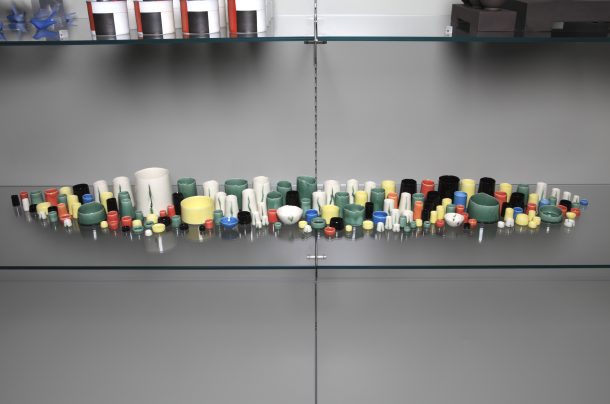
To create this installation, Chun Liao collected 154 small clay pots. She decided to put them all close together. She wants us to be curious and look closely at her work.
Can you use find some objects in your house to create an interesting display or installation? Maybe you could choose objects of the same colour or shape? Is there anything you collect that you can use? Have a look below at how the work of designer Christian Dior was displayed by colour. The exhibition Christian Dior: Designer of Dreams took place at the V&A.
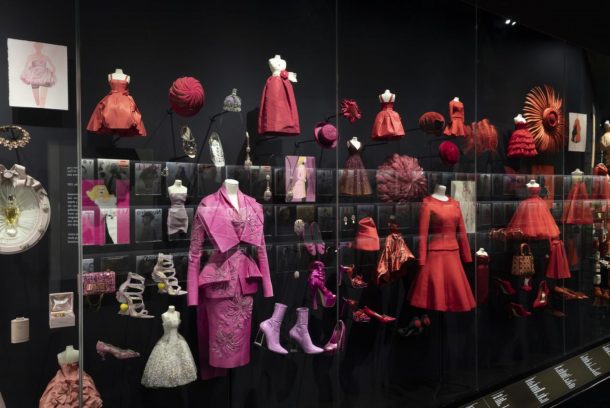
Let’s learn about Breathless by Cornelia Parker
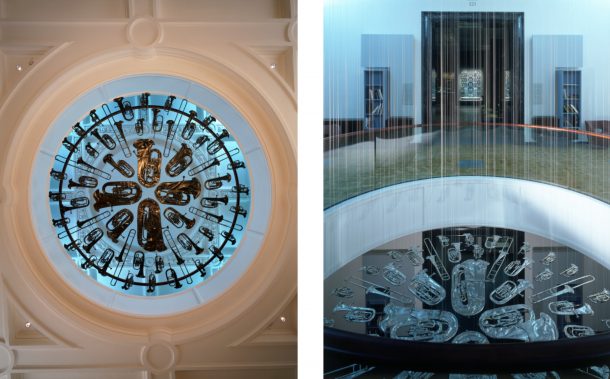
For her work, Cornelia Parker squashed 54 brass instruments! And then hung them using wire! She squashed the instruments using the hinges of Tower Bridge! They were flattened as the bridge opened and closed. She has named this artwork Breathless, because you can’t blow through the instruments anymore. You might get out of breath if you tried! This piece fits into a round ceiling space (a rotunda) of the V&A museum perfectly. The instruments are designed to be seen from both above and below. When an artwork has been made for a certain place and fills up or changes the space it is called an installation.
Cornelia Parker often explodes or squashes found objects with a steamroller! Find out more about the way Cornelia Parker makes her installation watching this video!
https://www.youtube.com/watch?v=d3KQ4IJWKXU&ab_channel=VictoriaandAlbertMuseum%20
Let’s make an installation inspired by Cornelia Parker
What you will need
- Rummage around for some objects in your house such as cutlery, toys or buttons (ask an adult first if you can use them)
- Some recycled cups, tin foil trays or yogurt pots
- Wool or string
- Scissors
- A rolling pin or thick shoes to squash things with
- Something sharp like a thick needle or a pointy screwdriver to make holes with -ask an adult to help you with this part
- Any other materials you want to use – let’s get creative!
Step by step guide
Choose a space for your installation. This could be a dark floor, the back of a chair, a cardboard box or a cupboard.
Start squashing your recycled objects. You could take them outside and stamp on them, squash them with your hands or roll over them with a rolling pin.
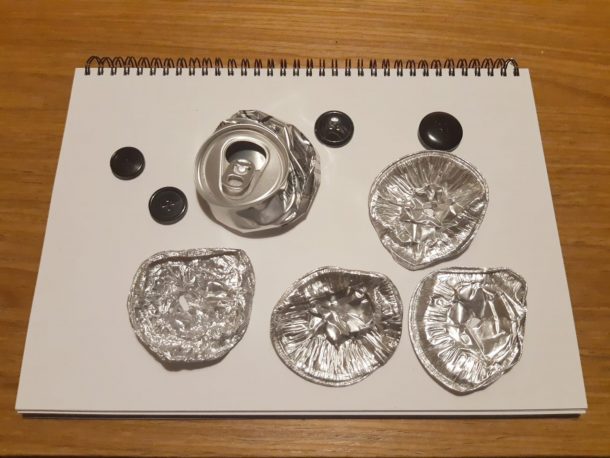
Think about how you want to arrange your objects. How could they fit in the space you’ve chosen? They could be hung, stacked or laid on the floor.
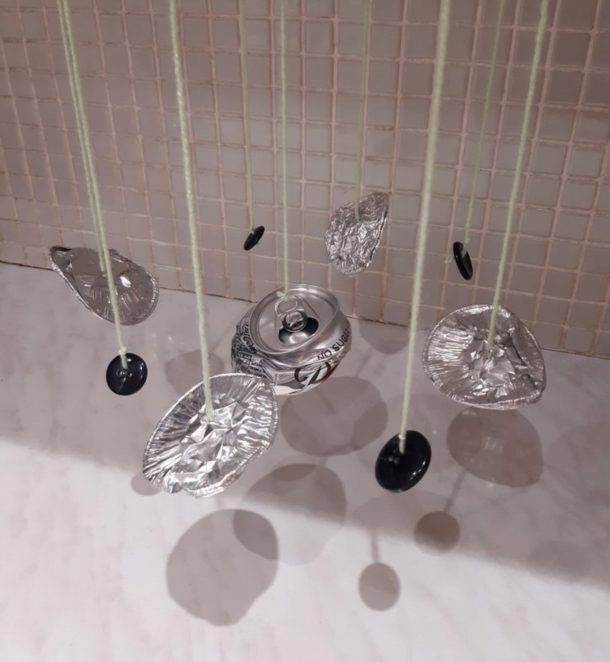
Do you want to play with light and shadow? Turn off the lights; position a handheld torch or a phone torch near your work. How has this changed the way your artwork looks and feels?
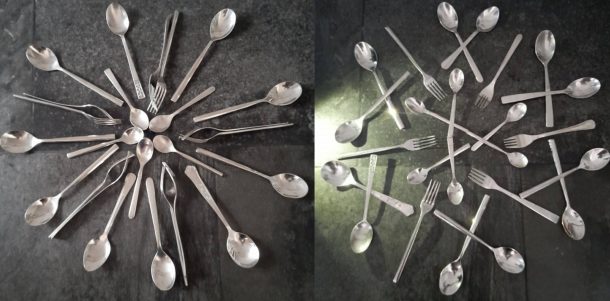
Take photographs of your installation and invite your family to view your artwork.
Let’s discover Rachel Whiteread’s ‘Place’ Installation
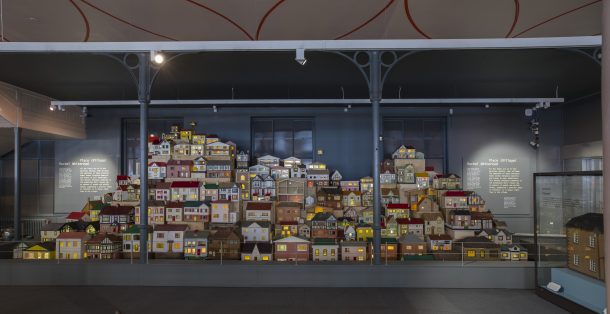
Place (Village) is made up of about 150 dolls houses collected by Rachel Whiteread. Some are old and some are new, so they all look very different. They have been stacked on boxes to make them look like they are on a hill. The lights are on and the background is black, so we know it is night-time. The streets, however, are completely empty. How does this make you feel? Rachel Whiteread hasn’t used any people in her installation, so we have to use our imagination. Where are they all the people and what are they doing? It feels a little bit like our lockdown now.
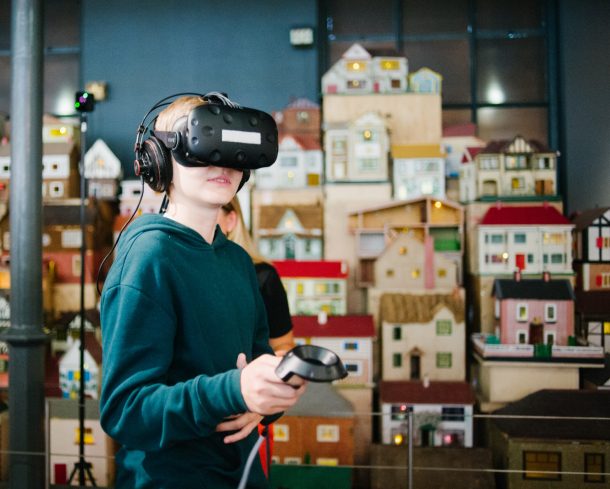
Last year, this installation was an inspiration to school children in east London. They created an interactive story about life in the village. The story was then made into an incredible virtual reality experience. It was created by students from the Royal College of Art and a team of staff from University College London. Visitors to the V&A Museum of Childhood could virtually enter inside the installation. Check out the virtual reality experience trailer in this video! What characters would you add to the village? And what would their house look like?
https://youtu.be/-2MWk4HW9rA
Let’s make our own light and dark installation inspired by Rachel Whiteread
What you will need:
- Pencil, pen or felt tip
- Card
- Found objects such as toys
- Scissors
- A light source such as a handheld torch or a phone with a torch
Step by step guide:
Arrange your found objects onto the paper in the shape of a house. Then draw around them and cut out the shapes.
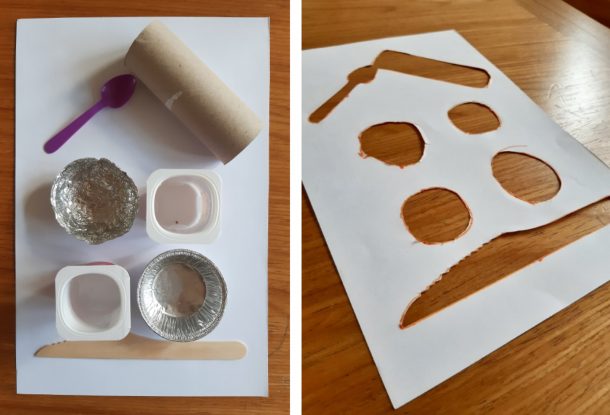
Find a dark space in your house and shine a torch through your cutout, so it looks like the lights are on and people are home. Make a few houses and arrange them into an installation like Rachel Whiteread. Can you create a whole village?
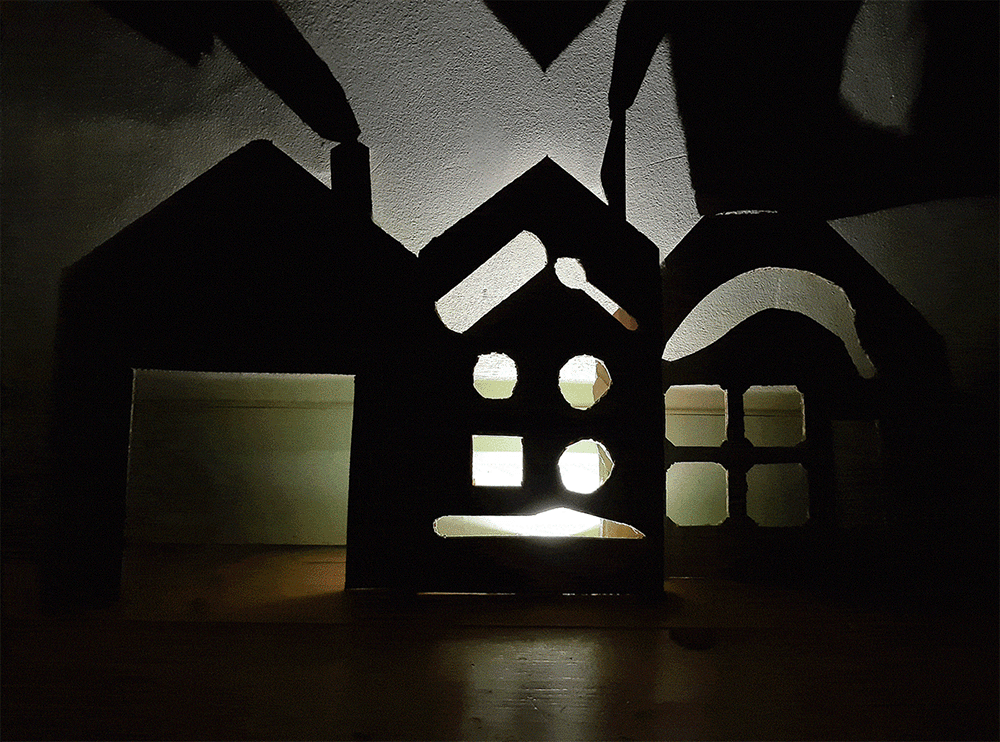
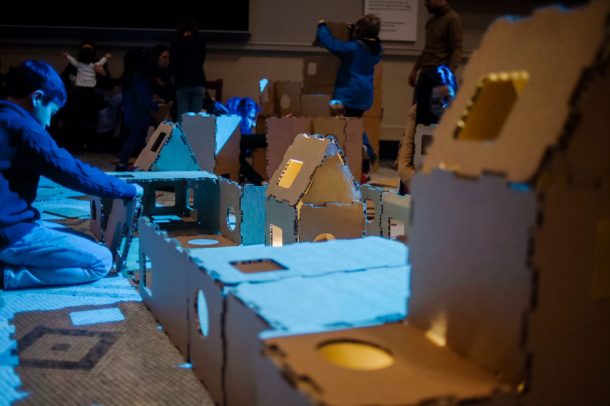
Well done for making installation art today! Don’t forget to share your found object art installations with us on social media using #LetsMakeWednesdays


